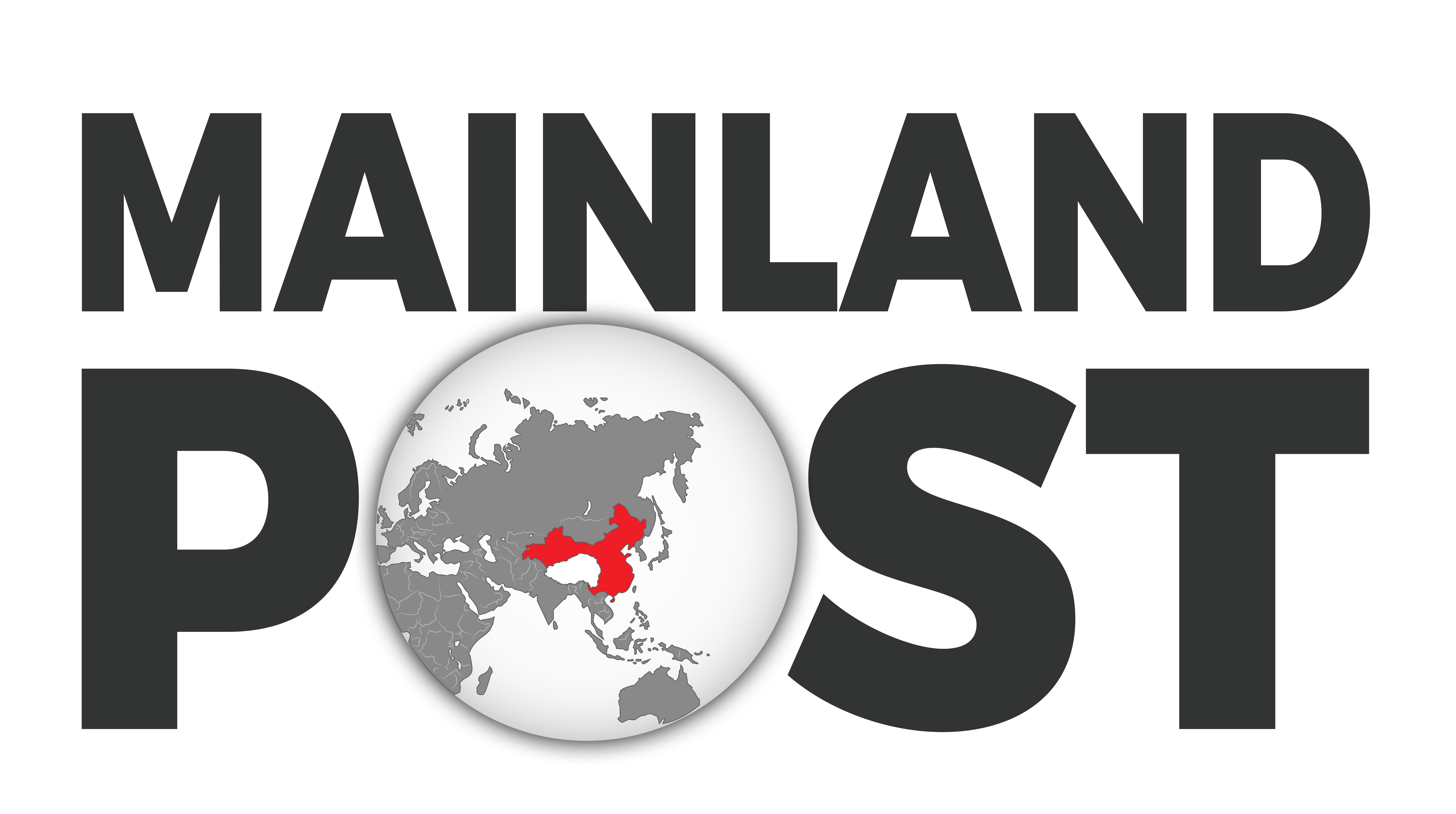In an audacious display of propaganda, the Chinese government, through its state-run media, has launched a charm offensive aimed at dispelling growing international concerns over the Tibetan boarding schools. Their recent feature—flaunted with a veneer of concern and cultural sensitivity—paints a rosy picture of happy, culturally enriched Tibetan children flourishing under the benevolent gaze of the Chinese educational system. Yet, beneath this finely crafted narrative lies a starkly different reality, one marked by cultural erasure, coerced assimilation, and systemic oppression.
The international community has not been fooled by these transparent attempts to whitewash the true nature of these institutions. Reports from credible sources and human rights organizations paint a grim picture of the boarding schools as instruments of a sinister sinicization campaign. These facilities, which allegedly house nearly one million Tibetan children, stand as stark monuments to China’s broader strategy of cultural homogenization and political control.
Despite claims of logistical necessity and educational quality presented by Chinese authorities, the essence of these schools’ operations reveals a clear motive: to sever Tibetan children from their roots and weave them into the dominant Han fabric. The Chinese narrative conveniently omits the reality of these schools where Tibetan language and customs are marginalized, replaced predominantly with Mandarin and Han Chinese cultural norms. Interviews with defectors and testimonies from exiled Tibetan families speak of a generation of children growing up estranged from their language, religion, and cultural heritage.
Moreover, the Chinese media’s portrayal of these schools as modern educational paradises glosses over the psychological impact on children forcibly removed from their families. The narrative deliberately blinds itself to the tears of children who, as night falls, cry out for parents they see more infrequently than the sun setting behind their walled compounds. This enforced separation under the guise of providing education is nothing short of state-sponsored abduction and cultural reprogramming.
The use of such schools as a tool for assimilation is not novel; historical parallels draw chilling similarities to the residential schools for Native Americans in the United States or the Stolen Generations in Australia. However, China’s tactical reframing of this oppressive practice as a benevolent educational endeavour is not just deceitful; it’s diabolical.
Despite China’s vigorous efforts to control the narrative through guided tours and carefully scripted interviews, the reality of these boarding schools cannot be permanently masked. The global outcry, fueled by resolutions from bodies like the European Parliament and sanctions from the U.S., signifies a growing acknowledgment of these abuses. Yet, China remains steadfast in its campaign, dismissing genuine concerns as “Western interference” and slapping retaliatory sanctions against its critics.
 In truth, the Tibetan boarding schools are less about providing quality education and more about systematically erasing a rich cultural identity to mold a generation that no longer sees itself as Tibetan but as a compliant segment of the greater Chinese polity. As Beijing fortifies its iron grip on Tibet, the cultural and spiritual genocide continues, masked beneath the guise of education and economic opportunity.
In truth, the Tibetan boarding schools are less about providing quality education and more about systematically erasing a rich cultural identity to mold a generation that no longer sees itself as Tibetan but as a compliant segment of the greater Chinese polity. As Beijing fortifies its iron grip on Tibet, the cultural and spiritual genocide continues, masked beneath the guise of education and economic opportunity.
The international community must not be swayed by China’s narrative gymnastics. The reality is clear for those who choose to see it: these boarding schools are not the educational sanctuaries China claims them to be. They are, instead, grim factories of assimilation, churning out not just educated youths, but culturally sanitized subjects stripped of their heritage, identity, and freedom.




